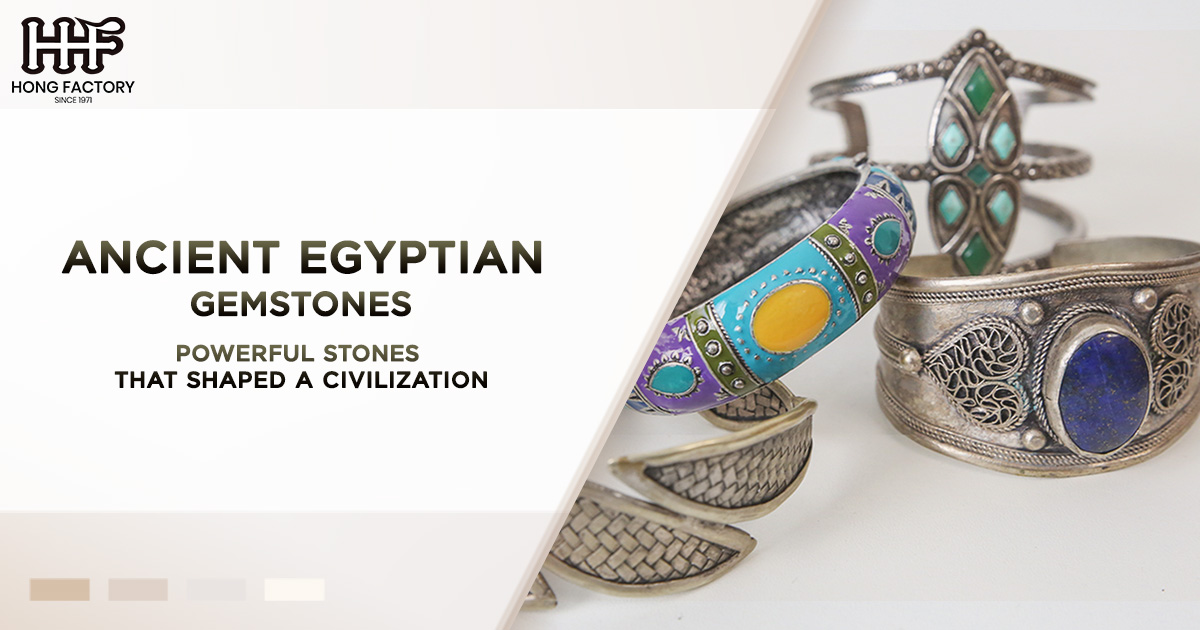For centuries, Native American tribes have revered gemstones as sacred gifts from the Earth, embodying the spirit of nature and the universe. These stones carry immense meaning, holding stories of creation, protection, healing, and spiritual guidance. Among the many gemstones cherished by Native American cultures, turquoise, in particular, stands out as one of the most significant sacred stones. Today, tribal jewelry adorned with these powerful stones continues to inspire, bridging the ancient past with the modern world.
This article delves into the tribal uses, sacred meanings, and traditional and modern influences of gemstones in Native American Gemstone Wisdom, with a particular focus on turquoise and other important stones.
Tribal Uses of Gemstones
Native American tribes have long employed gemstones in their daily lives for both practical and spiritual purposes. These stones were not just decorative; they were tools for survival, healing, and connection to the natural world.
Healing and Protection
Gemstones were often used in rituals for healing and protection. Shamans, or spiritual healers in tribes such as the Navajo, Apache, and Hopi, believed that stones like turquoise held the power to protect individuals from harm and misfortune. The stone’s vibrant blue-green hues mirrored the sky and water, elements vital to life and spiritual balance. When worn or carried, turquoise was thought to guard travelers and warriors, ensuring their safe return from battle or long journeys.
Other stones, such as obsidian, were used to ward off negativity and evil spirits. Obsidian, a volcanic glass, was commonly fashioned into arrowheads and tools, but its protective qualities extended beyond the physical realm, offering spiritual defense against malevolent energies.
Ceremonial Use
Gemstones played a significant role in Native American ceremonies, where they were often used to invoke blessings, communicate with spirits, or honor the Earth. The Lakota, for example, believed that stones were living beings with consciousness. In their sacred Sun Dance ritual, specific stones were placed on the altar to represent Earth’s energy and to ground participants in the physical and spiritual worlds.
Turquoise, in particular, was frequently incorporated into ceremonial objects, such as prayer sticks, masks, and ceremonial costumes. Its association with the sky and water made it a symbol of life and abundance, essential elements in many tribal rituals.
Sacred Meanings of Gemstones
Each gemstone carried unique sacred meanings for Native American tribes, often linked to the natural world, spiritual beliefs, and tribal mythology. Turquoise, one of the most sacred stones, was especially revered across many Native cultures.
Turquoise : The Sky Stone
For tribes such as the Zuni, Navajo, and Pueblo, turquoise was considered a “sky stone,” representing the heavens, the spirit of the sky, and the life-giving rain. Its blue-green color was seen as a bridge between the physical world and the spiritual realm. In Zuni mythology, turquoise was believed to be a fragment of the sky that had fallen to Earth, carrying with it the protective and healing powers of the celestial realm.
In Navajo culture, turquoise was also associated with the legend of Changing Woman, a goddess who created life and gave birth to the Navajo people. Turquoise was believed to embody her strength and nurturing energy, making it a powerful symbol of life, abundance, and protection.
Other Sacred Stones
While turquoise held a prominent place in Native American culture, other gemstones also carried sacred meanings. Lapis lazuli, with its deep blue color, was often associated with the night sky and the mysteries of the universe. It was used by some tribes in dreamwork and to enhance spiritual awareness.
Carnelian, a reddish-orange stone, symbolized the energy of the sun and was used in rituals to bring vitality, courage, and motivation. It was often worn by warriors or hunters to enhance their strength and endurance.
Traditional Tribal Jewelry
Jewelry has always been an integral part of Native American culture, with gemstones playing a central role in both its aesthetic appeal and spiritual significance. Tribal jewelry was not just a form of adornment but a way to connect with the Earth, honor ancestors, and convey social status or tribe affiliation.
Turquoise in Jewelry
Turquoise has been a cornerstone of traditional Native American jewelry for centuries, particularly among Southwestern tribes such as the Navajo, Zuni, and Hopi. These tribes developed intricate techniques for working with turquoise, often combining it with silver to create stunning pieces of jewelry.
The Navajo were especially skilled silversmiths, and their turquoise and silver jewelry became a hallmark of Native American craftsmanship. Necklaces, rings, bracelets, and earrings made with turquoise were not only worn for their beauty but also for their protective and healing properties.
In Zuni culture, jewelry-making became an art form passed down through generations. Zuni artisans were known for their intricate inlay work, where they would set small pieces of turquoise, coral, and other stones into mosaic-like patterns on silver. These pieces often depicted spiritual symbols, animals, or celestial motifs, each carrying deep meaning.
Jewelry as Cultural Expression
For many Native American tribes, jewelry was a way to express cultural identity and communicate important aspects of their heritage. Tribal jewelry often featured sacred stones and symbols that told stories of creation, survival, and connection to the land.
Jewelry was also worn during important ceremonies and rites of passage, such as weddings, births, and coming-of-age ceremonies. For example, a young Navajo woman might receive a piece of turquoise jewelry as a symbol of protection and guidance as she transitioned into adulthood.
Modern Influence of Native American Gemstone Wisdom
The influence of Native American gemstone wisdom and tribal jewelry extends beyond traditional settings and has found a place in the modern world. Today, the timeless beauty and spiritual significance of Native American jewelry continue to inspire both indigenous and non-indigenous people alike.
Contemporary Jewelry
Many Native American artisans continue to create jewelry using traditional techniques passed down through generations, but they also incorporate modern designs and materials. Turquoise, still a popular stone, is often paired with contemporary metals like gold or incorporated into minimalist designs that appeal to today’s fashion sensibilities.
These modern pieces still carry the sacred meanings of the stones, blending ancient wisdom with contemporary style. The popularity of Native American-inspired jewelry has also led to a greater appreciation for the craftsmanship and cultural significance behind each piece.
Cultural Preservation
The growing interest in Native American jewelry and gemstones has helped to preserve traditional practices and support indigenous artisans. Many Native American artists now sell their work through online platforms, galleries, and markets, allowing them to share their cultural heritage with a global audience while sustaining their crafts financially.
At the same time, the increased demand for turquoise and other sacred stones has raised awareness about the importance of ethical sourcing and protecting the natural environment where these stones are found. Many Native communities emphasize the need to respect the land and use its resources responsibly, ensuring that the sacred relationship between people and the Earth remains intact.
Conclusion
Gemstones have long been revered in Native American culture for their sacred meanings, healing properties, and spiritual significance. Stones like turquoise hold a special place in tribal history, serving as symbols of protection, life, and connection to the natural world. Traditional Native American jewelry, often adorned with these sacred stones, continues to inspire and influence both indigenous artisans and the modern world. As the legacy of Native American gemstone wisdom endures, it remains a powerful reminder of the deep relationship between humanity, nature, and the cosmos.









